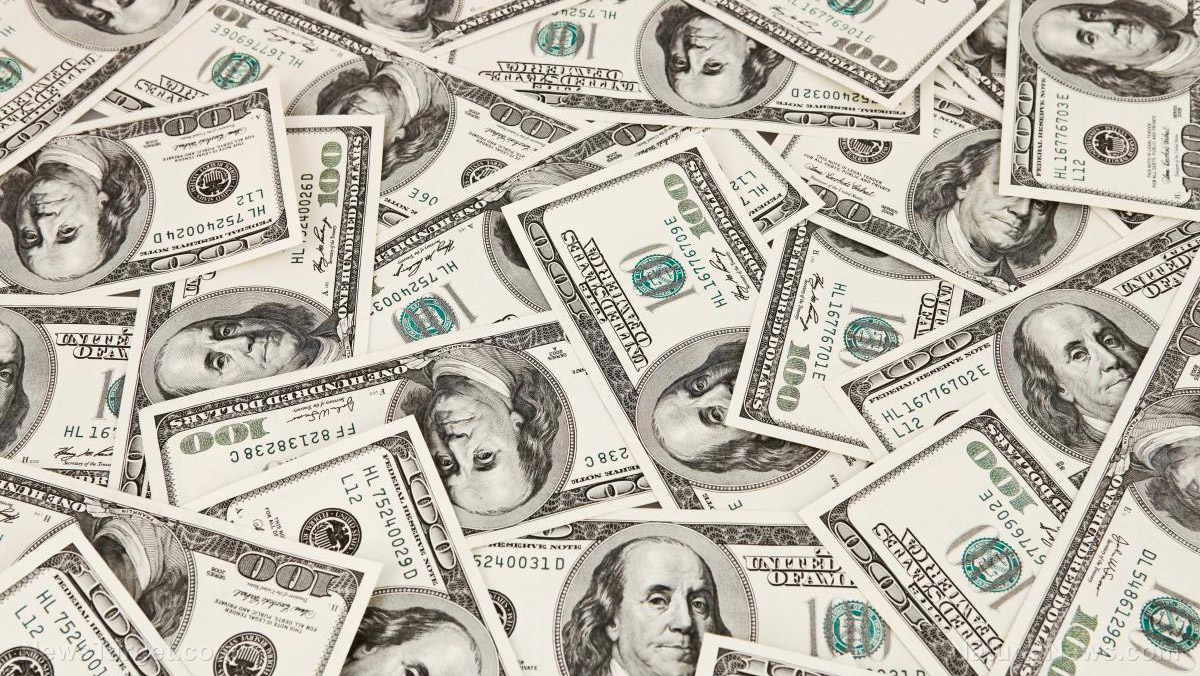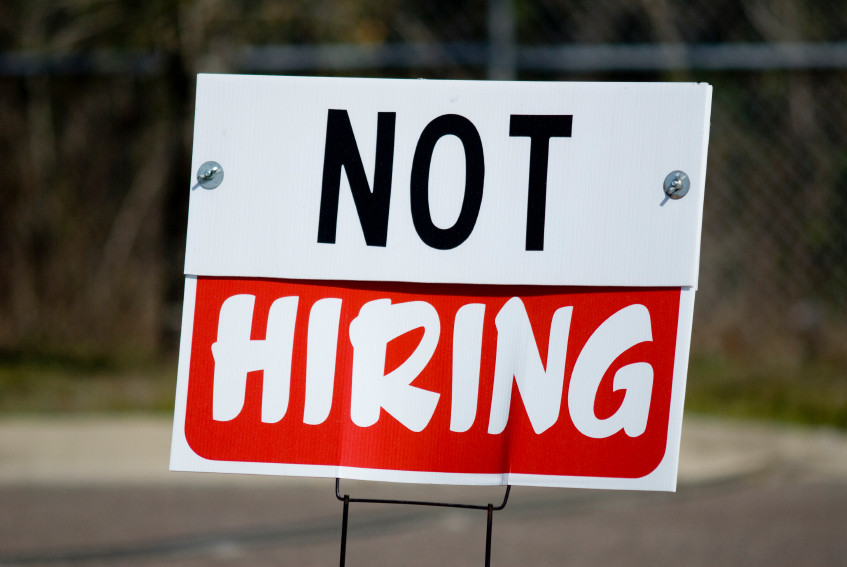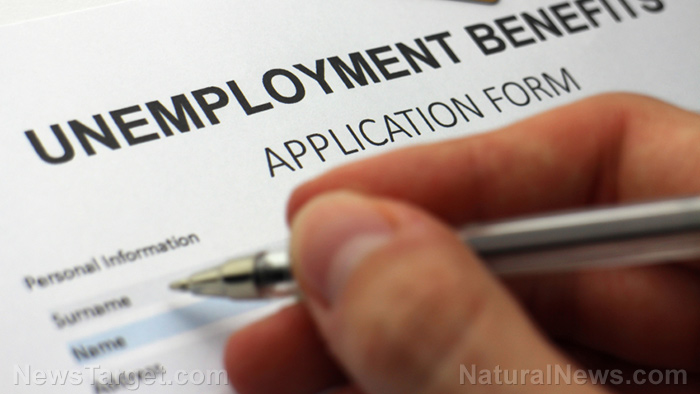Americans are taking on more debt than they can handle, most of it going to mortgages
08/07/2021 / By Arsenio Toledo

Americans are taking on more debt than they will ever be able to handle. The Federal Reserve reported on Tuesday that in the second quarter of this year, household debt ballooned to $14.96 trillion.
Total household liabilities in the United States increased by $313 billion from three months earlier, the largest single increase in household debt in 14 years. This also represents a 2.1 percent increase, the fastest single percentage increase since the fourth quarter of 2013.
The increase in household debt was driven largely by a mortgage boom that occurred during the second quarter of the year. The average 30-year mortgage rates declined, and many Americans with good credit ratings decided to take advantage of the low borrowing costs. (Related: Housing market recovery: Pending home sales rose in May.)
As of the second quarter of 2021, $10.44 trillion of all household debt went to mortgages. This represents a 2.8 percent rise in mortgage debt from the first quarter of 2021, which is worth around $282 billion. This also represents a 6.7 percent rise from a year ago.
According to the Federal Reserve Bank of New York, around 44 percent of this debt – or close to $4.6 trillion – originated in the last four quarters.
“We have seen a very robust pace of originations over the last four quarters, with new extensions of credit for mortgages and auto loans combined with rebounding demand for credit-card borrowing,” said Joelle Scally, analyst and researcher for the New York Fed’s Center for Microeconomic Data.
Economic analysts have noted that the country’s housing market has been so hot that many homeowners have even higher equity levels. This is despite the fact that they have borrowed more money from the banks.
Average home prices jumped by 10.5 percent during the first six months of 2021, according to mortgage loan company Fannie Mae. This is the fastest home price increase ever recorded.
American homeowners also withdrew about $50 billion in home equity during the first quarter of 2021, the most in over a decade.
But these opportunities are not available to everyone. According to the Mortgage Bankers Association, mortgage credit availability has tanked since early 2020. More than 71 percent of mortgage originations in the second quarter of 2021 were from borrowers with a credit score of 760 and above.
Credit card, auto loan, other debts also increasing
Mortgages may represent a majority of all household debt, but around $4.52 trillion in household debt still went to other categories.
Second-quarter revolving and student loan debt decreased, by $13 billion and $14 billion, respectively.
Credit card debt increased by $17 billion to $787 billion. Auto loan debt increased by a whopping $33 billion to be worth over $1.42 trillion.
Despite the rising levels of debt, there may be signs that Americans are learning how to better handle their finances.
Credit card balances are still about $140 billion lower than they were at the end of 2019. The percentage of people who are 90-plus days delinquent or in default with their college debt is at around 5.7 percent at the end of June, compared with more than 11 percent in 2019.
On average, consumers cut their credit card debt by about 14 percent in 2020. This helped contribute to a 3.5 percentage-point drop in credit utilization rates from 2019 to 2020.
Household debt levels also remain well below the record-breaking highs posted in the years leading up to the 2008 financial crisis and the Great Recession.
But American households need to act quickly. Overall household debt grew by $313 billion, and the total debt balance is now $812 billion higher than at the end of 2019, not adjusting for inflation. If American households can’t get their finances in order, they may not be able to avert future financial disasters.
Learn more ways people are becoming warier about their own debt by reading the latest articles at DebtCollapse.com.
Sources include:
Submit a correction >>
Tagged Under:
auto loan debt, collapse, credit card debt, debt, debt bomb, debt collapse, economic crash, economics, economy, finance, financial crash, household debt, market crash, mortgages, risk
This article may contain statements that reflect the opinion of the author
RECENT NEWS & ARTICLES
COPYRIGHT © 2021 DollarDemise.com
All content posted on this site is protected under Free Speech. DollarDemise.com is not responsible for content written by contributing authors. The information on this site is provided for educational and entertainment purposes only. It is not intended as a substitute for professional advice of any kind. DollarDemise.com assumes no responsibility for the use or misuse of this material. All trademarks, registered trademarks and service marks mentioned on this site are the property of their respective owners.





















